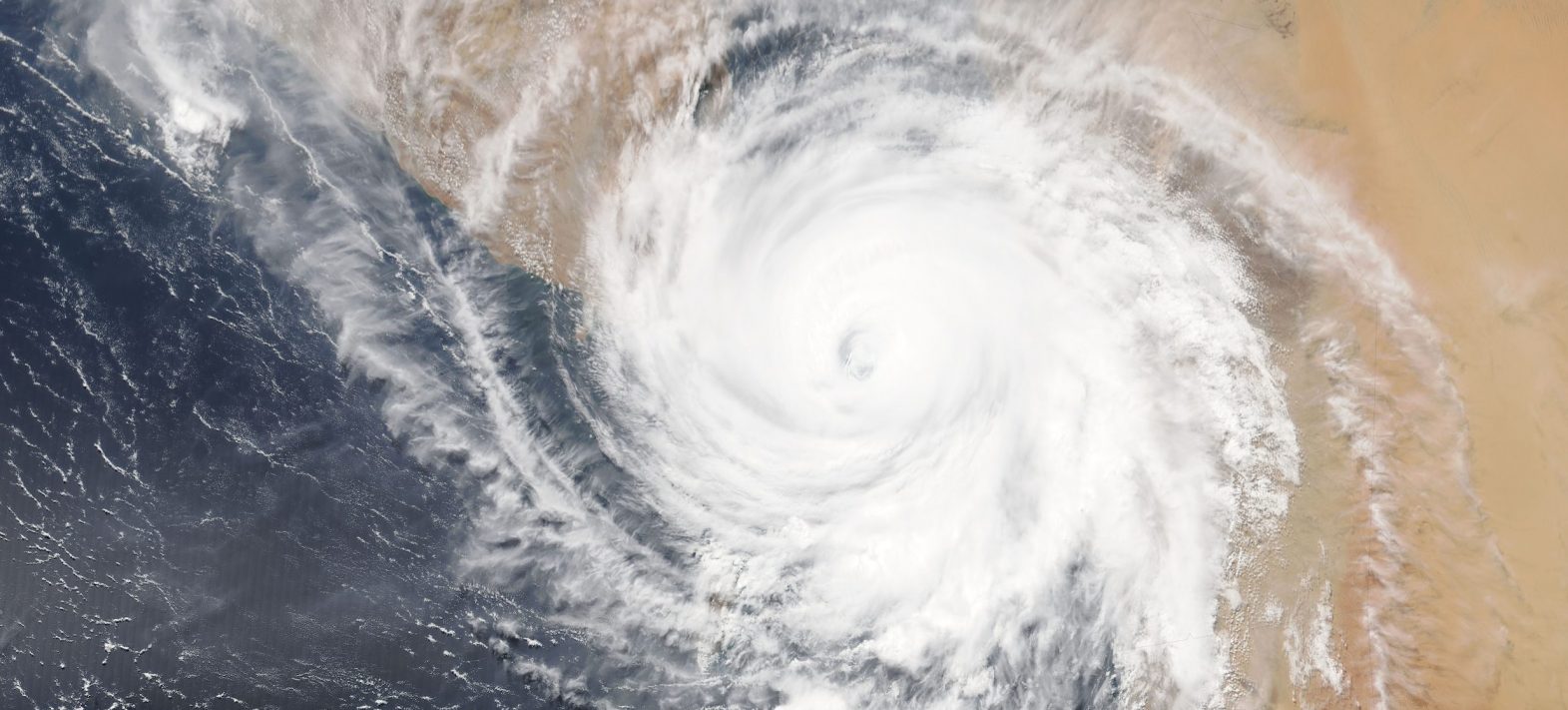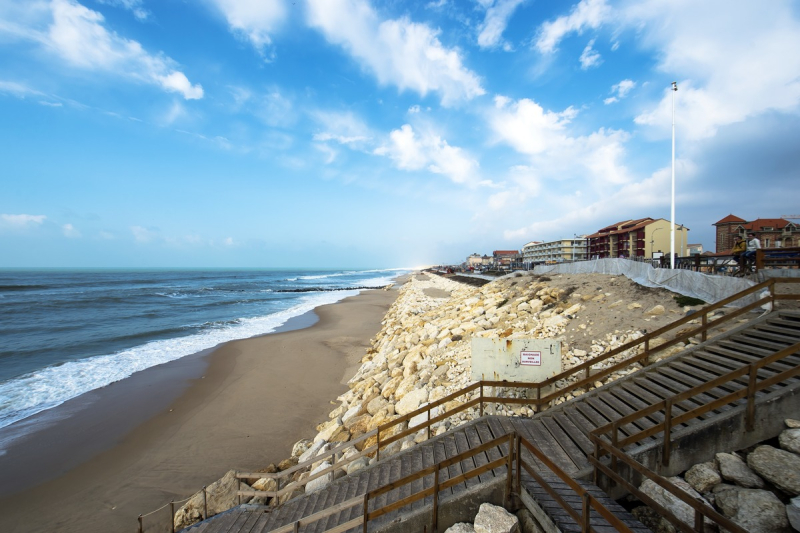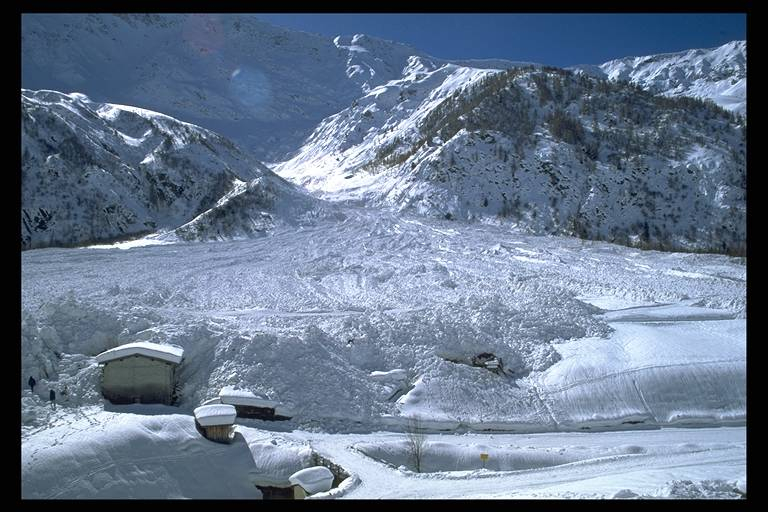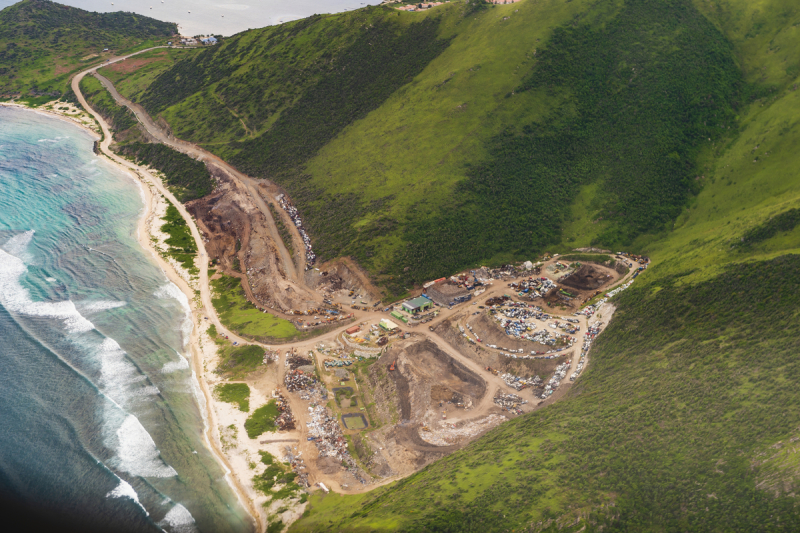When it comes to the risks associated with climate change in France, people are not yet familiar with the short-, medium- and long-term impacts and the idea that the current changes observed are a break with what mankind has experienced in the past. The difference between annual and seasonal averages, extremes, and the understanding of reference periods or projection horizons (2030, 2050, 2100) are not yet mastered either. Carbon neutrality, efficiency and sobriety remain obscure terms, associated with misconceptions or caricatures. Finally, the co-benefits of mitigation and adaptation are less well known. The risks, when they are perceived ), can therefore be misinterpreted or misunderstood.
What's more, there is still confusion today between so-called natural risks and risks linked to anthropogenic activities (caused by human activity). In the case of so-called "natural" risks, it is important to understand that the additional warming observed since the pre-industrial period, mainly as a result of human activity, is modifying so-called natural hazards and, more broadly, disrupting the various components of the earth system (hydrosphere, cryosphere, biosphere, etc.). The scale of the climate threat should not blind us to the collapse of biodiversity, on which the lives and well-being of so many people depend, or to the permanence of other so-called "natural" hazards, particularly those linked to earthquakes and volcanism, which remain extremely deadly and destructive.













